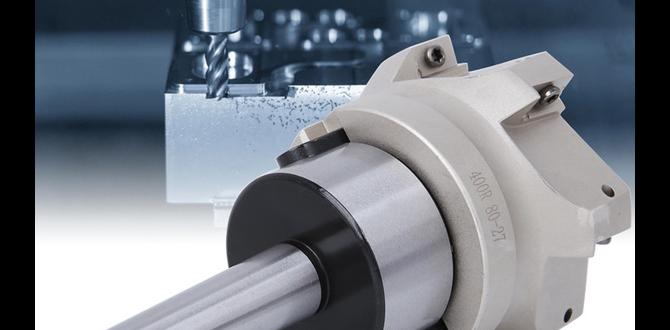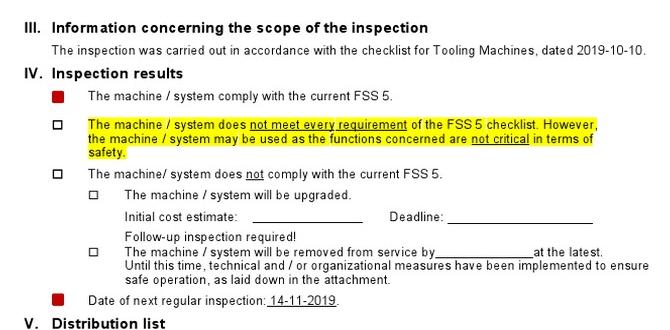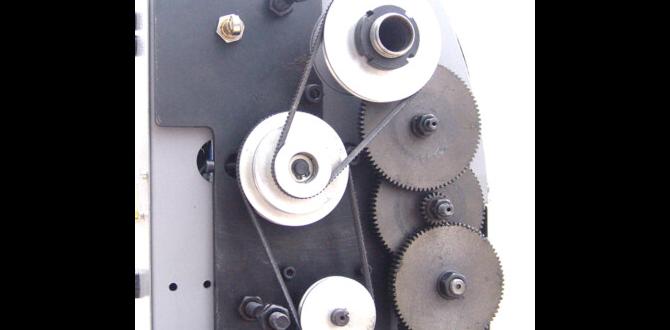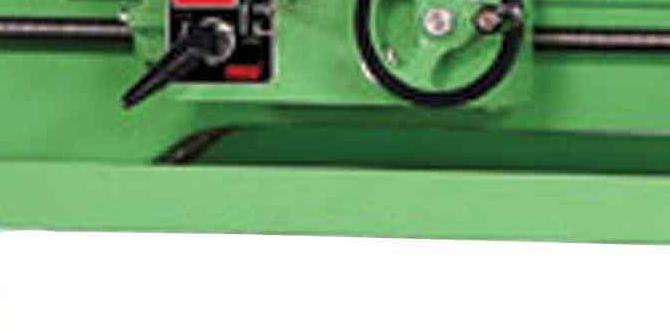Wood Lathe Chuck Wobble: Fix It Fast!
Experiencing wood lathe chuck wobble can be a disheartening and potentially dangerous issue for any woodturner. That unsettling vibration and runout can throw off your precision, ruin your work, and even lead to tool breakage or injury. Fortunately, most causes of chuck wobble are readily identifiable and fixable with a bit of troubleshooting and a consistent approach. This article will guide you through the common culprits behind a wobbly chuck and provide practical solutions to get your lathe spinning true again.
Understanding the Mechanics of Chuck Wobble
Before diving into fixes, it’s beneficial to understand what’s causing the wobble. A wood lathe chuck is designed to securely grip a workpiece, allowing for precise rotation. When a chuck wobbles, it means the internal mechanisms or its connection to the lathe spindle are no longer perfectly aligned with the axis of rotation. This misalignment can stem from various sources, each with its own set of symptoms.
Common Causes and Solutions for Wood Lathe Chuck Wobble
The journey to a wobble-free lathe begins with a systematic approach to wood lathe chuck wobble troubleshooting. Let’s break down the most frequent offenders:
1. Debris or Contaminants
The simplest and often overlooked cause of chuck wobble is foreign material lodged within the chuck’s scroll mechanism or on the jaws themselves. Sawdust, wood chips, metal shavings, or even dried glue can interfere with the smooth operation of the scrolls (the threaded parts that move the jaws) and prevent the jaws from seating uniformly.
Troubleshooting:
Visual Inspection: Carefully examine the chuck jaws, the spaces between them, and the scroll area (the part that rotates when you adjust the jaws). Look for any visible debris.
Cleaning: Use a soft brush, compressed air, or a dry cloth to meticulously clean all accessible parts of the chuck. Pay special attention to the jaw slides and the scroll threads. Dental picks can be useful for dislodging stubborn debris from tight spaces.
Lubrication: After cleaning, a light application of high-quality chuck lubricant can help ensure smooth jaw movement and prevent future buildup. Avoid excessive lubrication, as it can attract more dust.
2. Jaw Seating Issues
Even without visible debris, the jaws might not be seating correctly and uniformly against the workpiece or the chuck body. This can happen if the jaws are not fully extended or retracted, or if they are unevenly tightened.
Troubleshooting:
Full Jaw Travel: Ensure the jaws have traveled their full range of motion in both directions. Open them fully, then close them completely. Repeat this a few times to help clear any minor obstructions or misalignments.
Uniform Tightening: When gripping a workpiece, tighten the jaws evenly. Don’t overtighten one jaw before moving to the next. Progressively tighten each jaw in sequence until you achieve a secure grip.
Jaw Alignment: Some chucks have set screws for fine-tuning jaw alignment. Consult your chuck’s manual to see if yours is adjustable and how to perform this calibration.
3. Chuck Jaws Not Standardized
Most modern chucks use a system where all jaws are interchangeable and designed to fit in specific slots. However, if jaws are mixed up, damaged, or not seated properly in their designated positions, it will invariably lead to wobble.
Troubleshooting:
Mark Your Jaws: If your chuck came with multiple sets of jaws (e.g., standard, large diameter, pin jaws), it’s a good practice to lightly mark each jaw with a unique identifier (e.g., a small scratch or dot of paint) corresponding to its position on the chuck. This ensures you always put them back in the same place.
Inspect for Damage: Check each jaw for any nicks, dents, or warped surfaces that might prevent a smooth and consistent grip. Damaged jaws may need to be replaced.
Reassemble Systematically: When reassembling jaws, ensure they slide smoothly into their channels and are correctly oriented before tightening.
4. Incorrect Mounting to the Lathe Spindle
The connection between the chuck and the lathe spindle is critical for stability. If this connection is loose, dirty, or the adapter is damaged, wobble is almost guaranteed.
Troubleshooting:
Spindle Threads: Thoroughly inspect the threads on both the lathe spindle and the chuck’s mounting plate (or adapter). Clean away any dirt, grit, or old lubricant.
Mounting Face: The mounting face of the chuck and the spindle (or adapter face) should be clean and smooth. Any burrs or damage can prevent a flush fit.
Tightness: Ensure the chuck is securely threaded onto the spindle. For direct-thread chucks, tighten them firmly. For chucks using a chuck key, ensure the key is fully inserted and turned with sufficient force. For keyed chucks, make sure the chuck key is removed after tightening.
Adapter Issues: If you’re using a threaded adapter (e.g., Morse taper adapter), ensure it’s properly seated in the spindle and that the chuck threads correctly onto the adapter. Inspect the adapter for any damage.
5. Worn or Damaged Chuck Internal Components
Over time, or with heavy use, the internal components of a chuck, particularly the scrolls and the jaw mechanisms, can wear out or become damaged. This wear can lead to looseness and a lack of concentricity, resulting in wobble.
Troubleshooting:
Check for Play: With the jaws retracted, try to gently wiggle the chuck body around the spindle. Excessive play could indicate worn spindle bearings or a loose chuck mount. With the jaws extended and gripping something solid (like a block of wood), try to rock the chuck back and forth axially and radially. Excessive movement can point to internal wear.
Consult Manufacturer: If you suspect internal wear or damage, consult your chuck manufacturer’s manual or contact their support. Some chucks can be serviced, while others may require replacement of worn parts or the entire unit.
6. Workpiece Mounting Issues
While not directly a chuck issue, how you mount your workpiece can induce wobble. For instance, drilling a pilot hole that isn’t perfectly centered for a screw chuck or tenon can cause the entire assembly to run out.
Troubleshooting:
Accurate Centering: When preparing workpieces for chucking (e.g., drilling tenon holes, creating screw threads), ensure your centering is as accurate as possible. Use a drill press with a good center finder or a marking gauge.
* Consistent Pressure: For faceplate or jam chuck mounting, ensure even pressure is applied by the chuck jaws to create a centered and stable grip.
By methodically working through these common areas of wood lathe chuck wobble troubleshooting, you can often identify and resolve the problem quickly, restoring your lathe to its accurate and dependable performance. A well-maintained chuck is essential for safety, precision, and the enjoyment of your woodworking craft. Don’t let a wobble interrupt your creative flow – a few moments of diligent attention can make all the difference.




